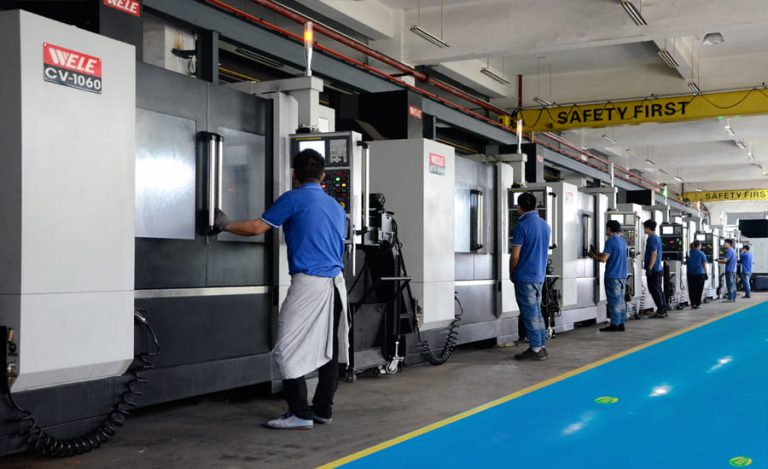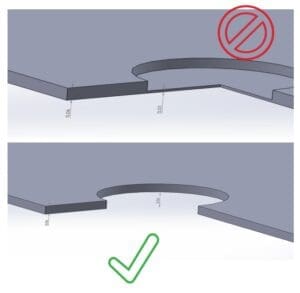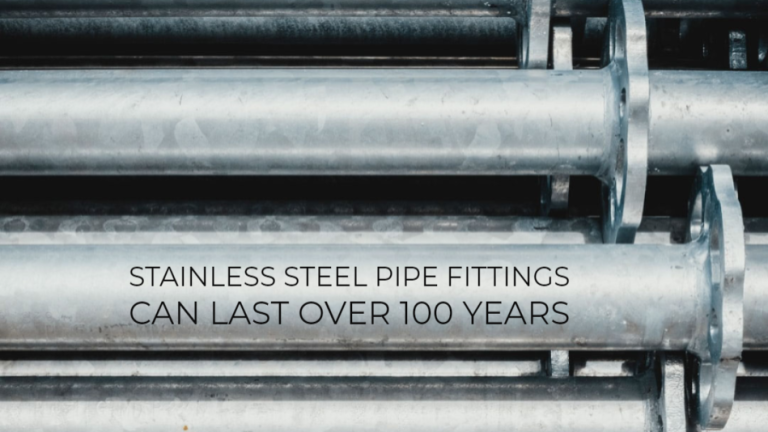Understanding Hydraulic Systems: Essential Components and Applications
Hydraulic systems play a pivotal role in various industries by utilizing fluid pressure to generate mechanical power. These systems are known for their efficiency and reliability in tasks such as lifting heavy loads, operating machinery, and controlling industrial equipment. In this article, we’ll explore how hydraulic systems work, their components, and their applications. We will also discuss the connection between hydraulics and related materials like geomembrane, which is crucial in fluid containment solutions.
What is a hydraulic system and how does it work?
A hydraulic system is a technology that uses fluid, usually oil, to transfer energy from one location to another. The fluid is pressurized, allowing it to move mechanical components. These systems are composed of several parts, including a reservoir (which holds the hydraulic fluid), a pump (to pressurize the fluid), valves (to control the flow), and an actuator (such as a hydraulic cylinder or motor that converts fluid pressure into mechanical motion). The key principle behind hydraulic systems is Pascal’s law, which states that pressure applied to a confined fluid is transmitted uniformly in all directions.

What are the main components of a hydraulic system?
A typical hydraulic system consists of five key components:
- Reservoir: Stores the hydraulic fluid and allows air bubbles to escape.
- Pump: Pressurizes the fluid to create flow.
- Valves: Control the direction, pressure, and flow of the hydraulic fluid.
- Actuators: Convert the hydraulic energy into mechanical work. Common examples include hydraulic cylinders and motors.
- Filtration System: Ensures that contaminants are removed from the hydraulic fluid, preventing wear and damage to components.
The integration of these components allows hydraulic systems to power machinery in industries such as construction, manufacturing, and transportation.
How are hydraulic systems applied in industrial settings?
Hydraulic systems are widely used in various industries due to their ability to generate significant force and precision control. Common applications include:
- Construction equipment: Bulldozers, excavators, and cranes use hydraulics to move large loads.
- Manufacturing: Hydraulic presses and assembly lines often rely on hydraulic power for repetitive, high-force operations.
- Automotive industry: Power steering and braking systems in vehicles use hydraulics for smooth operation and safety.
- Agriculture: Tractors and other farm machinery use hydraulic mechanisms to operate attachments like plows and sprayers.
In addition, hydraulic systems are essential in fluid containment and environmental protection solutions, such as the installation of geomembranes in hydraulic reservoirs and dams. Geomembranes, used for lining and waterproofing, help contain fluids and prevent contamination, making them integral to hydraulic-related projects.
What are the advantages of hydraulic systems over other power systems?
Hydraulic systems offer several advantages:
- High power-to-weight ratio: Hydraulics can generate significant force from compact equipment, making them ideal for mobile machinery.
- Precision control: Hydraulic systems allow fine adjustments in force and speed, making them suitable for sensitive applications like medical devices or robotics.
- Durability: With fewer moving parts than mechanical systems, hydraulics are known for their longevity and reliability.
- Smooth operation: Hydraulic fluid acts as a lubricant, reducing wear and tear on components and ensuring smooth, continuous movement.
- Energy efficiency: The energy losses in hydraulic systems are generally low, leading to high operational efficiency.
When combined with geomembrane materials in fluid containment, hydraulics further ensure system efficiency and environmental safety, particularly in applications requiring the safe management of hazardous fluids.
Hydraulic systems are an indispensable part of many industries due to their efficiency, power, and precision. Comprising components like pumps, valves, and actuators, these systems perform essential tasks across fields such as construction, manufacturing, and transportation. Hydraulics also play a crucial role in environmental safety when paired with geomembranes for fluid containment and protection. By understanding how these systems work and their benefits, industries can continue to rely on hydraulic technology for improved performance and sustainability.




